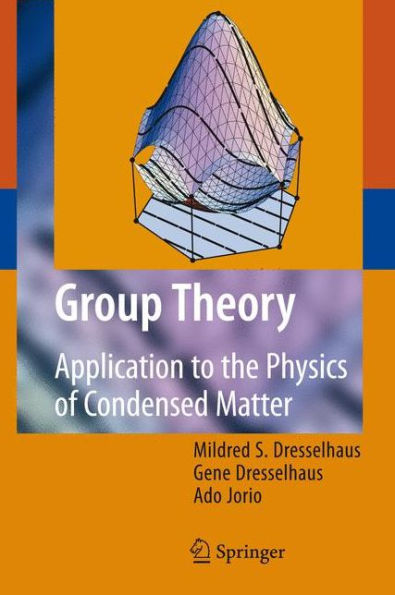5
1
9783642069451



Group Theory: Application to the Physics of Condensed Matter / Edition 1 available in Hardcover, Paperback

Group Theory: Application to the Physics of Condensed Matter / Edition 1
- ISBN-10:
- 3642069452
- ISBN-13:
- 9783642069451
- Pub. Date:
- 11/09/2010
- Publisher:
- Springer Berlin Heidelberg
- ISBN-10:
- 3642069452
- ISBN-13:
- 9783642069451
- Pub. Date:
- 11/09/2010
- Publisher:
- Springer Berlin Heidelberg

Group Theory: Application to the Physics of Condensed Matter / Edition 1
$54.99
54.99
In Stock

Product Details
| ISBN-13: | 9783642069451 |
|---|---|
| Publisher: | Springer Berlin Heidelberg |
| Publication date: | 11/09/2010 |
| Edition description: | Softcover reprint of hardcover 1st ed. 2008 |
| Pages: | 582 |
| Product dimensions: | 6.10(w) x 9.25(h) x 0.05(d) |
About the Author
From the B&N Reads Blog
